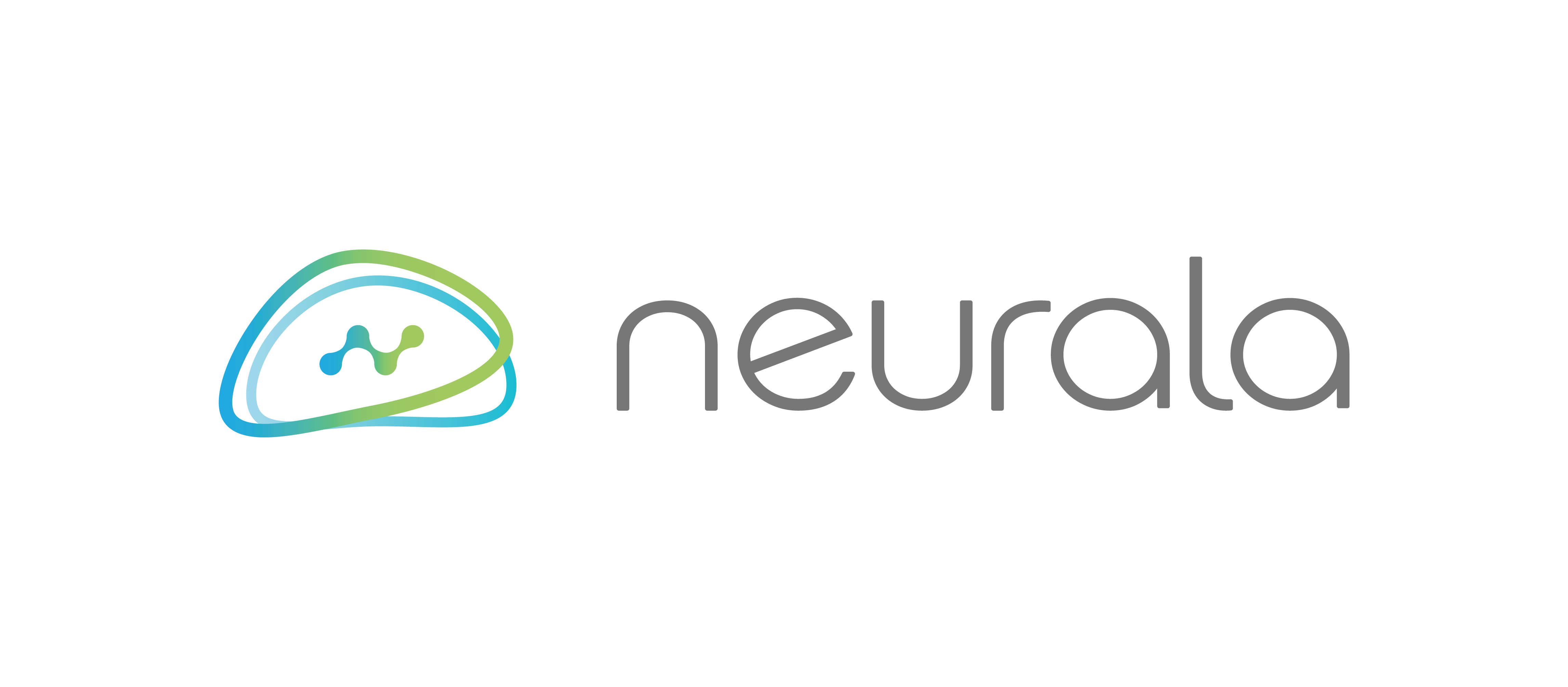The Race To Pandemic-Proof American Factories
New manufacturing imperatives are surfacing as we emerge from the Coronavirus restrictions. Research is showing an acceleration in automation, and articles highlighting production line flexibility are numerous.
Ancient Romans got it right over two thousand years ago: Mater artium necessitas, in other words “necessity is the mother of ingenuity”.
During the Coronavirus pandemic, production activity in factories has plummeted because, contrary to popular belief, the level of automation, AI and robotics is far from being able to guarantee operations without extensive human intervention.
Manufacturers are looking for great ideas these days, spurring the innovative enterprises to think harder about embedding more AI in their processes and machines.
Debunking the myth of AI and robots as the enemy of factory workers, the COVID-19 economic fallout is stimulating a wave of interest – and soon adoption – of AI and automation. This need is even more acute if we factor-in that the pandemic is rapidly leading to re-shoring of manufacturing in both US and Europe.
The continuing shortage of skilled labor in these countries, which has seen manufacturing disappear in the past decades in favor of Asia, is decreasing reliance on hard-to-find human experts, driving adoption of worker-augmented technologies and ultimately decreasing costs.
With a global industrial robotics market size projected to reach USD 73.0 billion by 2025, the indication is that manufacturers are focused on the right technologies.
While “lights-out manufacturing” – fully automated facilities that can operate entirely without human intervention – is out in the future for many, the industry needs solution now and steps must be taken to reduce physical distance/presence as soon as possible.
AI, with the ability to substitute human eyes in tasks that would normally require multiple people to perform, is the low hanging ‘technology fruit’ that can be put to work immediately. Unlike robotics and complex Industry 4.0 IoT infrastructures, AI can be as simple as a software upgrade on existing machines, lowering the time and cost barrier to adopt in many manufacturing contexts.
One good step breeds another one. Let the first one be AI in every machine.

